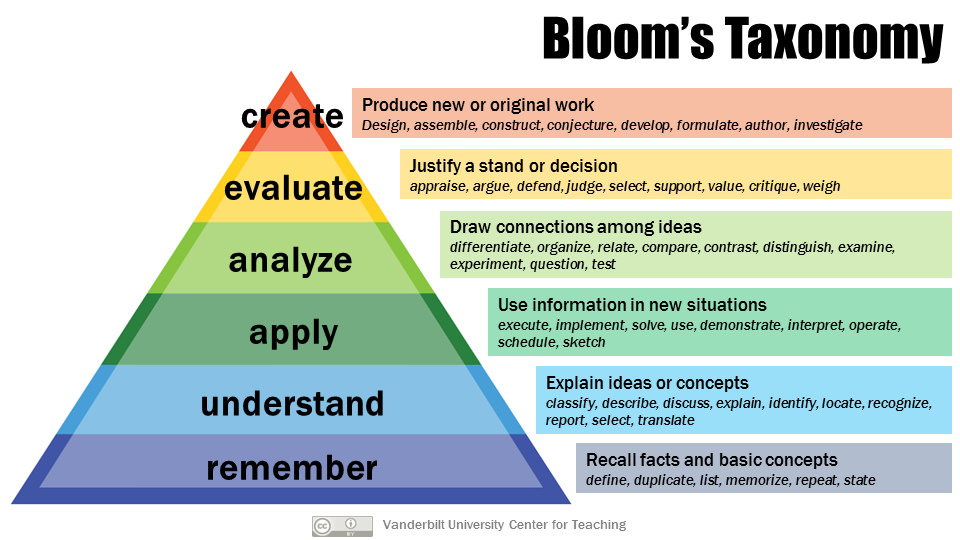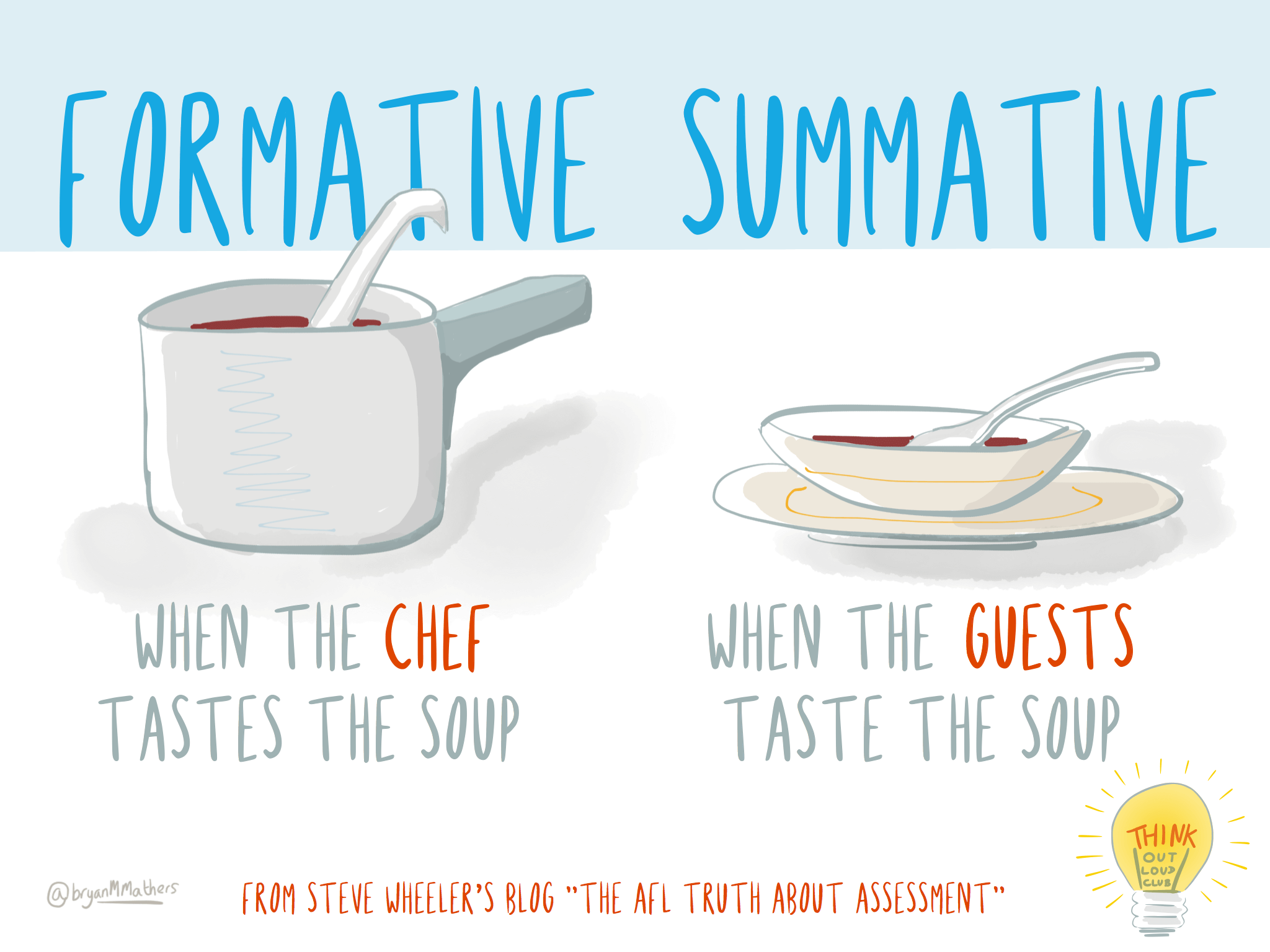
Photo by Jaredd Craig on Unsplash
Overview
Challenges 現況 挑戰
- 隨著知識累積, 要學習的東西越來越多, 分享就是最好的記錄方式。如何良好地呈現知識的內容, 簡單明瞭地教學給其他人呢?
Objectives 目標 效益
- 初心者系列 - tag: shoshinsha: 紀錄我身為領域初學者的學習方式與目標進度規劃
- 養成知識分享的技能, 學習如何教學, 以及如何設計課程
KRs 結果 解法
- 2022-09-13 學習 Udemy 教學技巧
-
2022-09-2009-26 學習 Hahow 教學技巧 - 2022-09-27 學習 Google 認證訓練講師課程
課程設計
教材規劃範本
- [course]
- Expected Time: 1-2 hours
- Target Audience
- Developers / Dev
- Operations / SRE
- Product Owners, Project and Team Leads
- Requirements
- Learning Objectives / Goals
- Understand [product] fundamentals
- Determine if your organization is ready for [product]
- Learn [product] cultural and practical fundamentals
- Deliverables
- Project engagement documents
- Discovery documents
- Outline
- 1
- 2
🥇 Udemy
How to Create an Online Course: The Official Udemy Course
- Learning Objective
- Structure your courses
- Refine your course topic with marketplace insights
- Identify your ideal learners
- Write leanring objectives
- Create practicial activities and assessments
- Create a course outline
- Create your content
- Produce your course content
- Launch your course
- Write a compelling course landing page
- Launch your course successfully
- Evolve your course and grow your audience
- Structure your courses
- Provide value
- The important thing is to teach what you know and focus on content that will provide the most value to your learners, like a new technology that’s going to disrupt a certain industry, an essential business skill that will help people grow their careers, or a personal skill that will improve your learners’ lives.
- Learning objectives
- Statements that describe what learners should be able to do after completing your course.
- List of concepts
- How-to: Bloom’s taxonomy: Remembering, Understanding, Applying, Analyzing, Evaluating, Creating.

- Assessment (formative / summative) measure learning

- Assignments, coding exercises, downloadable resources, quiz
- Sections & Lectures
- Talking Point
- Learning Objective
- 步驟 1 Topic: 選擇您的課程主題。
- 步驟 2 Audience & Objective: 定義您的目標學習者為何,以及您課程的學習目標。
- Define your audience: 在您開始為課程建立內容之前,請務必決定您教學的受眾為何人
- Create your learning objectives: 以及在課程結束後,您的學生將會學習到或可達成怎樣的目標
- 步驟 3 Practice: 決定學生如何練習您教授的內容。
- Practice activities and assessments: 學生喜歡在學習時動手實踐。他們希望能透過練習、活動、案例研究等,實際應用所學到的內容。
- 步驟 4 Outline: 建立您的課程大綱。
- 步驟 5 Lecture: 為您的課程編寫腳本。
- The value of scripting: 大部分講師都發現為每個講座編寫腳本 (或寫下條列要點) 可減少錄製及編輯時間,並提升授課品質。
Hahow 教學技巧
- 我要開課 - Hahow 好學校
- 尋找主題
- 編輯提案
- 提案審核
- 募資階段
- 製作課程
- 審核開課
- 開課教學
Google 認證訓練講師課程
講座設計
活動設計
DataOps Event Brainstorming
- Goal: 提高意識, 增加互動, 加深文化
- 手段 / 方式
- 組織
- Advocate, Consultant
- Squad team
- 輕量級
- Wiki, 線上課程
- Meetup, 讀書會
- Workshop: 特定 project
- 重量級
- DataOps Days: 議程 (Meetup 升級版)
- Hackathon: 題目 + Project Outcome (Workshop 升級版)
- 組織
Training 評估方式
- 課程滿意度
- 課後測驗成績
- 行為改變:發問卷, 比較結果 = (課前/課後, 自評/他評)
- 帶來效益 $ (e.g. 解決風險 or 提升生產力 = 節省人天 = $)
Murmur
- 2022-09-13: 講的出來才是會!
- 2022-09-17: 聽完 DevOpsDays 2022, 對於如何辦 event & 推廣教育就會有更多想法 -> DataOps Event Brainstorming.
- 2022-12-11: 新增 Training 評估方式